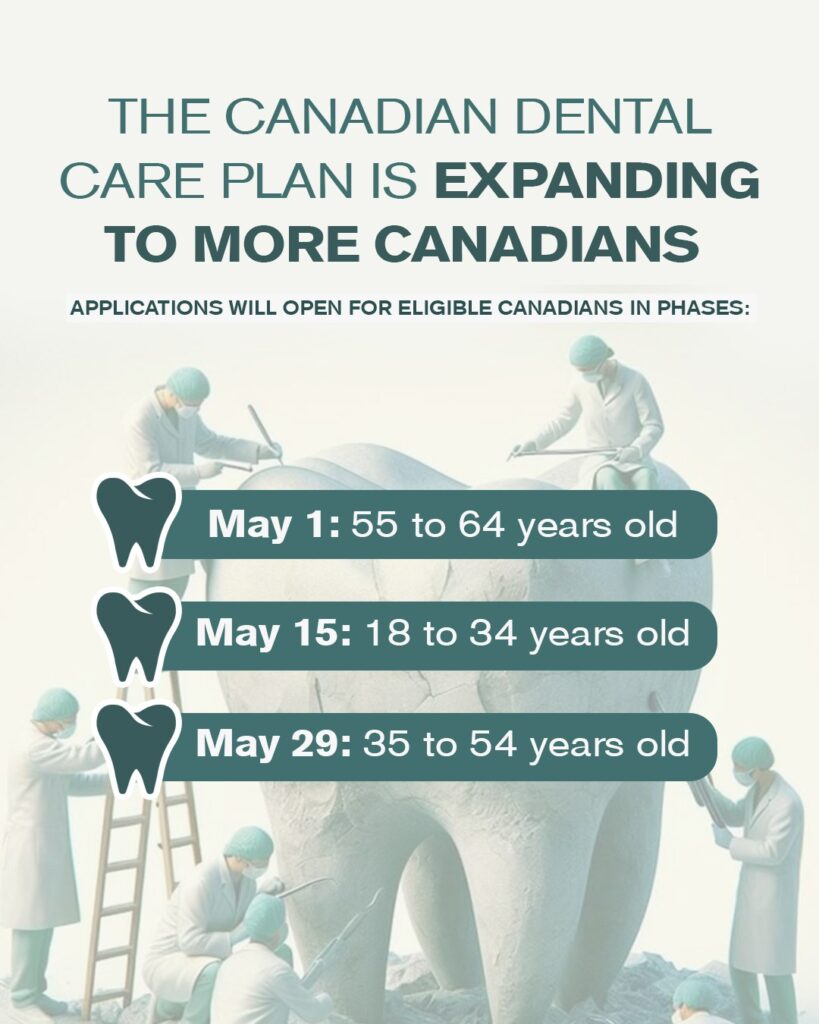Swollen Gums Behind Back Teeth: Causes, Symptoms, and Effective Treatments
Understanding Gum Swelling Behind Back Teeth
Gum swelling behind back teeth is a common problem that many people experience at some point in their lives. While it may seem like a minor issue at first, it can be a sign of a serious underlying dental condition. The back teeth, including molars and premolars, are more vulnerable to swelling because of their position in the mouth. These teeth are harder to reach with a toothbrush, which can result in plaque buildup, tooth decay, and gum disease, all of which can lead to swollen gums.
Gum swelling occurs when the tissues around the affected area become inflamed, and it may be caused by a variety of factors. The discomfort associated with swollen gums can significantly impact your daily activities, from eating to speaking, making it important to address the issue early on. While wisdom teeth can sometimes cause swelling, many people experience swollen gums behind their back teeth even when their wisdom teeth are not present. This article will explore the potential causes, symptoms, treatment options, and preventive measures for swollen gums behind back teeth, helping you understand how to manage and treat this condition effectively.
 Potential Causes of Swollen Gums Behind Back Teeth (Without Wisdom Teeth)
Potential Causes of Swollen Gums Behind Back Teeth (Without Wisdom Teeth)
Swelling of the gums behind the back teeth can occur for various reasons, even in the absence of wisdom teeth. Below are the primary causes of this issue.
Gum Infection (Gingivitis or Periodontitis):
One of the most common causes of swollen gums behind the back teeth is gum infection, which can range from gingivitis to periodontitis. Gingivitis is an early stage of gum disease, often caused by poor oral hygiene, which leads to plaque accumulation on the teeth and gums. Plaque is a sticky film of bacteria that irritates the gum tissues, causing them to become inflamed, swollen, and red. If gingivitis is left untreated, it can progress to periodontitis, a more serious condition that affects the deeper layers of the gums and supporting structures of the teeth. Periodontitis can cause significant damage to the gum tissue, leading to receding gums, tooth mobility, and even tooth loss if not addressed promptly.
Tooth Decay or Dental Abscess:
Tooth decay, particularly in the back teeth where brushing and flossing are more challenging, is another potential cause of swollen gums. When a cavity forms and goes untreated, bacteria can invade the inner part of the tooth, leading to an infection. This infection can spread to the surrounding gum tissue, causing localized swelling and discomfort. In severe cases, the infection can develop into an abscess, which is a pocket of pus that forms at the tip of the tooth’s root. An abscess can cause intense pain, swelling, and a foul taste or odor in the mouth. This condition requires immediate dental attention, as untreated abscesses can spread the infection to other areas of the body.
Trauma or Injury to the Gums:
Sometimes, trauma or injury to the gums can cause localized swelling. This can occur from an accidental bite on something hard or from physical activities that result in direct injury to the gums, such as sports. Although this type of swelling is usually temporary and resolves with time, it can still be painful and uncomfortable. If the swelling does not subside after a few days or worsens, it may be a sign of an underlying issue such as an infection, which would require professional evaluation.
Poor Oral Hygiene and Plaque Buildup:
Inadequate oral hygiene is a primary contributor to gum swelling. When plaque and tartar are not removed through regular brushing and flossing, they build up on the teeth and gums, irritating the gum tissue. This can lead to swollen and bleeding gums, especially around the back teeth. Over time, if the plaque isn’t removed, it can harden into tartar, which can only be removed by a dental professional. Regular cleanings and good oral hygiene practices are essential for preventing gum inflammation and swelling.
Symptoms Associated with Swollen Gums
Swollen gums typically present with several key symptoms that can help you identify the severity of the problem. Recognizing these symptoms early can help you determine whether professional dental care is needed.
Pain and Sensitivity:
The most immediate symptom of swollen gums is pain. The pain can vary in intensity, from mild discomfort to severe throbbing, and is usually localized around the swollen area. Swollen gums may become especially painful when pressure is applied, such as while eating or brushing. The pain may also be exacerbated by hot or cold foods and beverages, as swollen gums can make the teeth more sensitive to temperature changes.
Bleeding Gums and Discoloration:
Another common symptom of swollen gums is bleeding. When you brush or floss, you may notice blood on your toothbrush or in the sink. This occurs because the swollen gum tissue is more delicate and prone to bleeding. In addition to bleeding, the gums may appear darker than usual, ranging from bright red to purple, indicating significant inflammation. If left untreated, the bleeding and discoloration may worsen, and the gums may recede, exposing the tooth roots.
Bad Breath or Foul Taste:
Swollen gums, especially when caused by gum disease or infection, are often accompanied by bad breath or a persistent foul taste in the mouth. This is caused by the bacteria in the swollen area, which release sulfur compounds that create unpleasant odors. If the swelling is caused by an abscess, you may notice a particularly foul taste in the mouth due to pus draining from the infected area.
Swelling and Redness:
Swelling and redness are the hallmark symptoms of gum inflammation. The affected area may feel tender to the touch, and you may notice that the swollen gum tissue feels warm. In severe cases, the swelling may extend beyond the immediate area around the tooth, affecting the surrounding tissues. If the swelling is accompanied by a visible bump or pimple-like formation on the gum, it may indicate an abscess or the formation of a gum pocket due to advanced gum disease.
Treatment Options for Swollen Gums Behind Back Teeth
The treatment for swollen gums behind the back teeth depends on the underlying cause of the condition. Below are some of the most common treatment options available to help relieve discomfort and promote healing.
Professional Dental Cleaning and Scaling:
If swollen gums are caused by plaque buildup or gum disease, a professional cleaning by a dentist or dental hygienist may be necessary. During this procedure, the dentist will remove plaque and tartar from above and below the gumline. In cases of more severe gum disease, scaling and root planing may be required to remove bacteria and smooth the surfaces of the tooth roots to encourage gum healing.
Antibiotics and Anti-Inflammatory Medications:
In cases of infection or abscess, your dentist may prescribe antibiotics to control the spread of bacteria and reduce swelling. Anti-inflammatory medications, such as ibuprofen, can help alleviate pain and reduce the inflammation associated with swollen gums. These medications can be used in combination with other treatments to promote healing and provide relief from discomfort.
Home Remedies for Gum Swelling Relief:
While professional treatment is often necessary, there are several home remedies that can help manage the symptoms of swollen gums. A warm saltwater rinse can help reduce inflammation and promote healing. Rinsing with an antimicrobial mouthwash can also help kill bacteria and freshen breath. Applying a cold compress to the outside of the cheek near the swollen area can help numb the pain and reduce swelling.
Abscess Drainage and Root Canal Treatment:
If an abscess has formed due to an infection at the root of the tooth, drainage may be necessary. This procedure involves making a small incision in the gum to allow the pus to drain out, which helps relieve pressure and discomfort. After the abscess has been drained, a root canal may be needed to remove the infected pulp and seal the tooth. In some cases, the tooth may need to be extracted if it is too damaged to be saved.
Prevention Tips: Maintaining Healthy Gums
Preventing swollen gums is possible with the right oral hygiene practices and regular dental visits. Below are some key tips to help maintain healthy gums and avoid swelling behind the back teeth.
Proper Oral Hygiene Practices:
The most effective way to prevent swollen gums is by practicing good oral hygiene. Brush your teeth at least twice a day with fluoride toothpaste and floss daily to remove food particles and plaque. Use a soft-bristled toothbrush to avoid damaging your gums, and replace your toothbrush every three to four months. An antimicrobial mouthwash can also help reduce bacteria and keep your gums healthy.
Regular Dental Check-ups:
Visit your dentist at least twice a year for regular check-ups and professional cleanings. Even if you don’t have any visible symptoms, these visits are essential for detecting early signs of gum disease, tooth decay, or other oral health issues. Professional cleanings remove plaque and tartar buildup that you can’t reach with your toothbrush, preventing gum swelling and other complications.
Diet and Lifestyle Considerations for Gum Health:
A healthy diet rich in vitamins and minerals, particularly vitamin C, can help support gum health. Avoid smoking and limit alcohol consumption, as these habits can contribute to gum disease and other oral health problems. Staying hydrated and eating a balanced diet can help keep your gums strong and reduce the risk of swelling.

 Potential Causes of Swollen Gums Behind Back Teeth (Without Wisdom Teeth)
Potential Causes of Swollen Gums Behind Back Teeth (Without Wisdom Teeth)